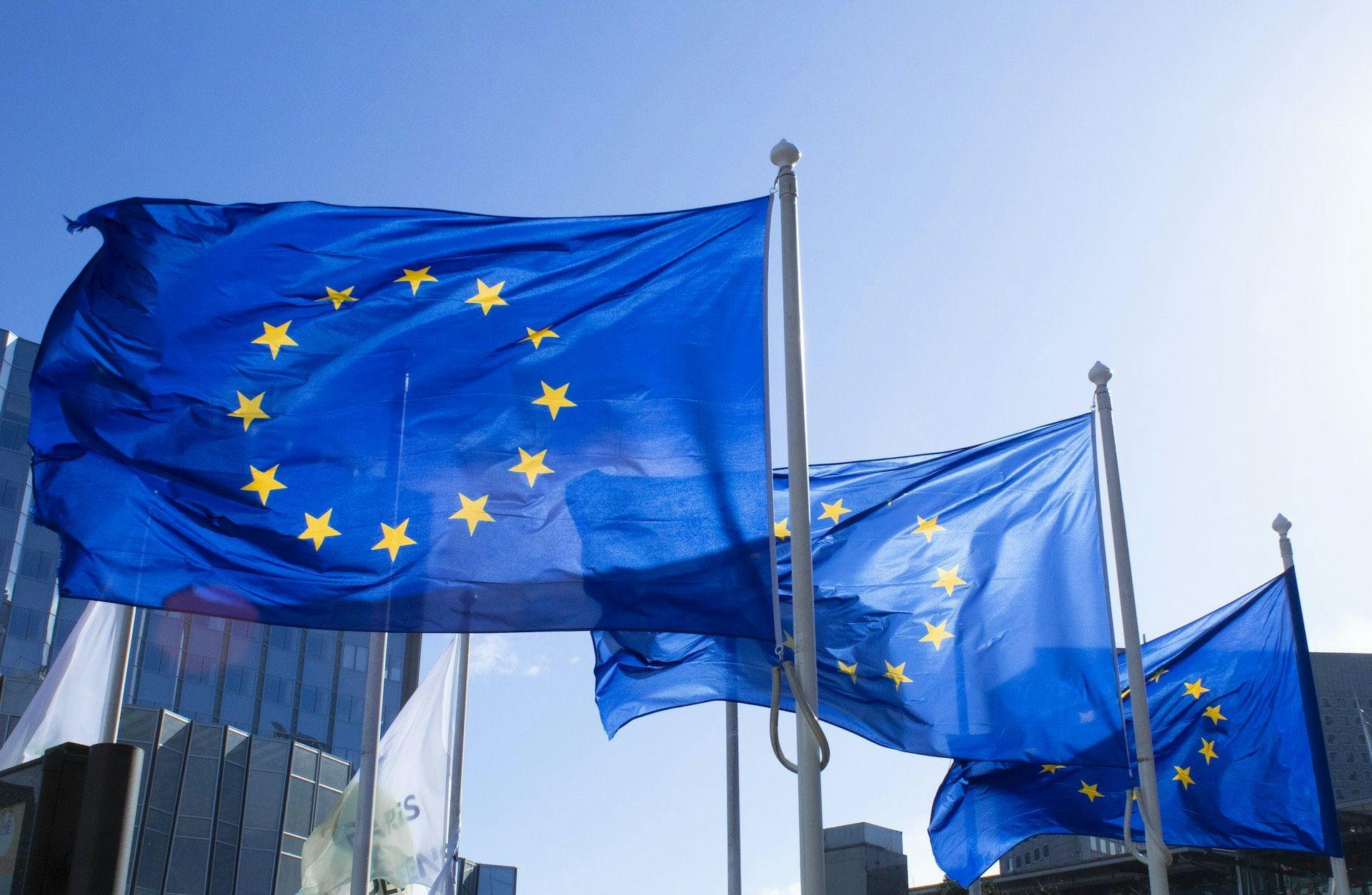Biodiversity Strategy: Towards the preservation of the biodiversity
Challenges
Biodiversity is disappearing at an unprecedented rate, leading to what is now referred to as the sixth mass extinction.
Wild vertebrate populations (fish, birds, mammals, amphibians, and reptiles) have declined by more than threefold in less than 50 years (1970 – 2018) [1], and one in four species is at risk of extinction [2].
It is therefore urgent to initiate a transition, to transform value chains and business models to slow down this erosion of biodiversity and embark on a trajectory of regeneration.
Like climate change, businesses are at the forefront of this challenge, and there is a rapid increase in expectations in this area, including a notable strengthening of regulations and the emergence of voluntary standards, often inspired by initiatives already in place for climate change.
Excerpt from the Global Assessment Report on Biodiversity and Ecosystem Services, IPBES (2019)
Our Support
Carbone 4’s biodiversity team aims to support organizations in understanding biodiversity challenges and transforming their activities towards better harmony with life.
We support our clients in building expertise on challenges and regulatory frameworks, designing and implementing biodiversity strategies, including impact and dependency assessments, roadmap development, and conducting specific studies.
Biodiversity is also an area where there is a significant need for the creation of new tools and methods to better measure business impact on biodiversity.
In line with Carbone 4’s mission, we also aim to develop open-source methodologies, bridging the gap between the scientific world and the operational needs of organizations.
Our Approach
Our biodiversity support proposal is based on five pillars that can be part of the CSRD[3], TNFD[4], and SBTN[5] frameworks as needed:
We offer three levels of training:
- Awareness, with the biodiversity fresco to understand the major challenges of the biodiversity erosion crisis, ecosystem functioning, and the consequences for humans.
- Initial training to have an overview of the topic "biodiversity and business", challenges, regulatory frameworks, tools, and methods.
- Advanced training: a more in-depth approach with our training organization, the Carbone 4 Academy, to learn how to design a biodiversity strategy.
Assessing impacts, risks, and dependencies is an essential starting point for defining a biodiversity strategy.
We offer two approaches depending on the objectives:
- Qualitative diagnosis: a qualitative study that can be conducted in a short time (4 to 6 weeks) and with few data requirements. In a mapping logic, it identifies, characterizes, and prioritizes the main issues along the value chain.
- Footprint assessment with the CDC Biodiversity GBS tool: to have a quantitative indicator of aggregated impact on biodiversity.
Other specific methods and tools can be proposed depending on the sectors of activity and needs.
We help you define objectives to reduce your impact on biodiversity, based on reference texts on the subject (notably the SBTN standard and TNFD) as well as national (SNB), European (2030 biodiversity strategy) and international commitments (GBS).
Based on the assessment of your biodiversity impacts, we help you identify impact reduction opportunities and define a biodiversity action plan, including workshops with your teams.
Finally, we support you in the operational implementation of your biodiversity strategy, particularly in reporting, monitoring, and communication matters.
Thus, Carbone 4 offers the construction of a dashboard of quantitative indicators covering the main issues of a company.
To do this, we work with you on indicators that can be calculated as they are (from the available data), the ideal indicator (the indicator that would be calculated if all data were accessible), and the target indicator (the indicator you aim to achieve by evolving your data collection).
Projets & méthodologies
Autres ressources externes
Contact us
Contact us about any question you have about Carbone 4, or for a request for specific assistance.




























































